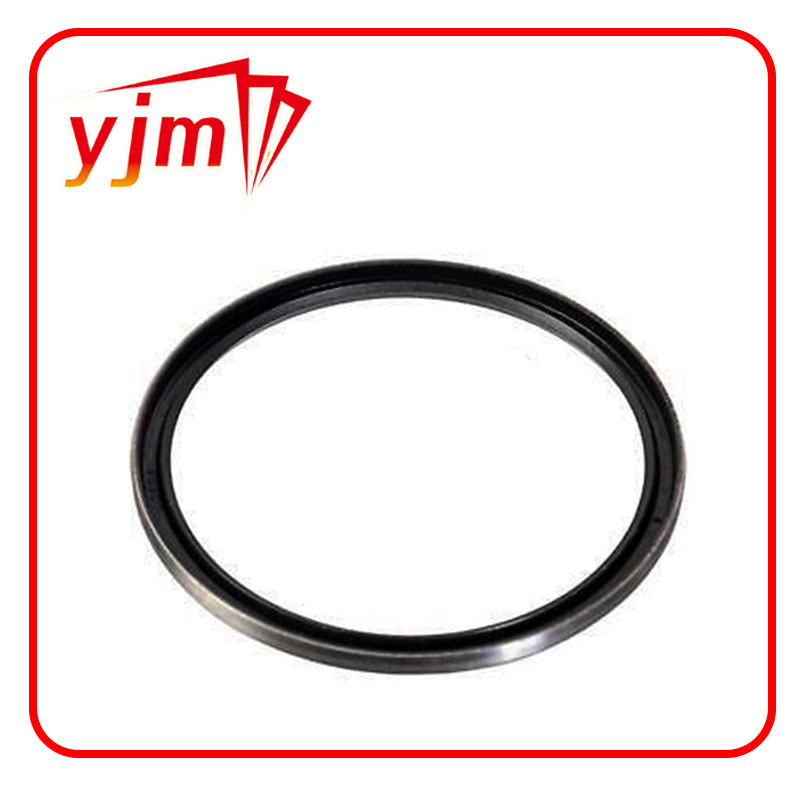M14x1.5 Oil Drain Plug for Efficient Engine Maintenance and Performance
Understanding the M14x1.5 Oil Drain Plug Importance and Applications
When it comes to vehicle maintenance, one of the most critical components that often goes overlooked is the oil drain plug. The M14x1.5 oil drain plug is a standard aspect found in many automotive and machinery applications, and understanding its specifications and functions is essential for any car enthusiast or technician.
What is an M14x1.5 Oil Drain Plug?
The designation M14x1.5 refers to the dimensions of the oil drain plug. The M stands for metric, and the numerical values indicate the thread diameter and pitch. In this case, the plug has a diameter of 14 millimeters and a thread pitch of 1.5 millimeters. This specification ensures compatibility with various oil pans in vehicles and machinery, making it a common choice in automotive manufacturing.
The oil drain plug is a critical part of the engine's lubrication system, primarily responsible for preventing oil leaks and allowing for the safe and efficient drainage of engine oil during oil changes. Typically made from durable materials such as steel or aluminum, these plugs must withstand harsh conditions, including exposure to heat and engine vibrations.
Why is the Oil Drain Plug Important?
One of the key roles of the oil drain plug is to maintain the integrity of the oil system. If the plug is damaged, loose, or improperly sealed, it can lead to significant oil leaks. This is not only detrimental to the engine's performance, potentially leading to oil starvation and excessive wear, but it can also create hazardous conditions on road surfaces due to spilled oil.
Furthermore, during regular maintenance, the oil drain plug must be effectively sealed to prevent any leaks when the engine is running. A gasket or O-ring is commonly used to provide a secure seal, and it is advisable to replace these seals whenever the oil drain plug is removed.
m14x1 5 oil drain plug

Installation and Maintenance
Installing an M14x1.5 oil drain plug is a straightforward process, but it requires attention to detail. Before installation, it's crucial to clean the surface of the drain pan and the threads of the plug to ensure a proper seal. Applying a small amount of oil or grease to the O-ring can help facilitate a better seal.
When tightening the plug, one must be cautious not to over-tighten, as this can strip the threads and potentially cause damage to the oil pan. Generally, a torque wrench is recommended to ensure that the correct torque specifications are adhered to, which protects both the plug and the oil pan.
During routine maintenance, checking the condition of the oil drain plug and the surrounding area for signs of oil leaks is vital. If there are indications of wear or damage, it is prudent to replace the plug and seal immediately. This proactive approach can save significant costs associated with engine repairs caused by neglecting a simple component.
Applications Beyond Automotive
While the M14x1.5 oil drain plug is widely recognized in automotive applications, it is also used in a variety of other machinery, including motorcycles, boats, and industrial equipment. Every engine that utilizes oil relies on an effective drain system, making the oil drain plug an essential compendium in international engineering standards.
Conclusion
In summary, the M14x1.5 oil drain plug plays an integral role in the maintenance and performance of any engine reliant on oil lubrication. Its robust design, along with proper installation and regular maintenance, will ensure longevity and reliability. For anyone interested in automotive service or machinery maintenance, understanding the function and importance of the oil drain plug is fundamental. Whether you are a professional mechanic or a DIY enthusiast, mastering the details of components like the M14x1.5 oil drain plug will enhance your overall mechanical knowledge and skills.
-
Simplifying Oil Changes: A Comprehensive Guide to Oil Drain Plugs and Their Variants
News Aug.04,2025
-
Mastering Oil Drain Maintenance: Solutions for Stripped, Worn, and Upgraded Oil Plugs
News Aug.04,2025
-
Fixing Oil Pan Plug Issues: Leaks, Stripped Nuts, and the Right Replacement Solutions
News Aug.04,2025
-
Everything You Need to Know About Oil Drain Plugs: Sizes, Fixes, and Upgrades
News Aug.04,2025
-
Choosing the Right Oil Drain Plug: A Guide to Sizes, Materials, and Drain Innovations
News Aug.04,2025
-
A Complete Guide to Automotive Drain Plugs: Types, Problems, and Innovative Solutions
News Aug.04,2025
-
The Ultimate Guide to Car Repair Kits: Tools and Essentials Every Driver Should Own
News Aug.01,2025
Products categories















